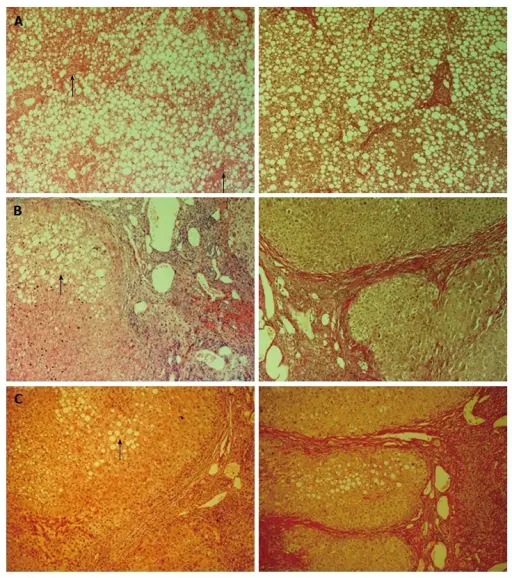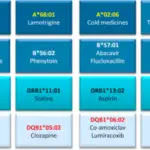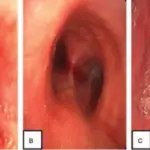Alcohol Injury is an injury related to excess consumption of alcohol.
What is the Pathology of Alcohol Injury?
The pathology of alcohol injury is:
-Etiology: The cause of alcohol injury is drug intoxication.
-Genes involved: None.
-Pathogenesis: The sequence of events that lead to alcohol injury shows acute toxicity in the central nervous system, where alcohol increases central nervous system inhibition and decreases excitation.
-Morphology: The morphology associated with alcohol injury shows acute swelling of and severe damage to brain neurons.
-Histology: The histology associated with alcohol injury shows hepatic steatosis, fibrosis ad necrosis.
How does Alcohol Injury Present?
Patients with alcohol injury typically affect males and females present at the age range of 21-49. The symptoms, features, and clinical findings associated with alcohol injury include headache, dizziness, dry mouth, thirst, nausea, vomiting, coma, respiratory depression, death, disorientation, lack of energy. Long-term effects include anemia, heart failure, organ malfunctioning, and high blood pressure.
How is Alcohol Injury Diagnosed?
Alcohol injury is diagnosed using lab and imaging tests, performing a physical exam, asking about drinking habits, use of DSM-5 criteria, and completing a psychological exam.
How is Alcohol Injury Treated?
Alcohol injury is treated with oral medication e.g Antabuse, psychological counseling, detox, and withdrawal.
What is the Prognosis of Alcohol Injury?
The prognosis of alcohol injury is fair and usually reverses within weeks or months.



